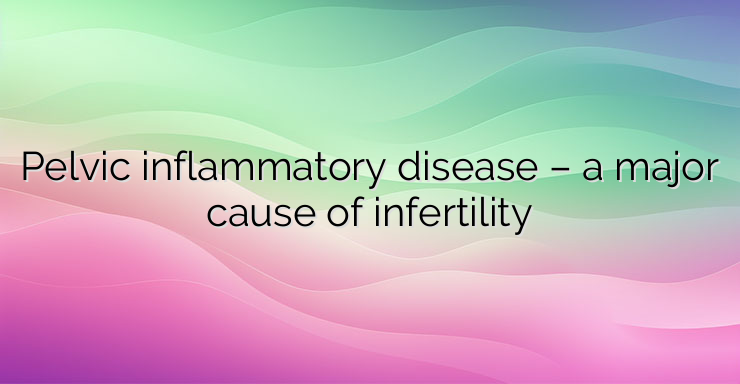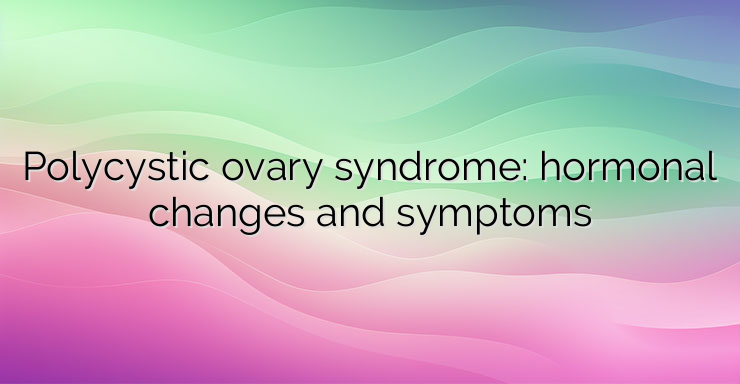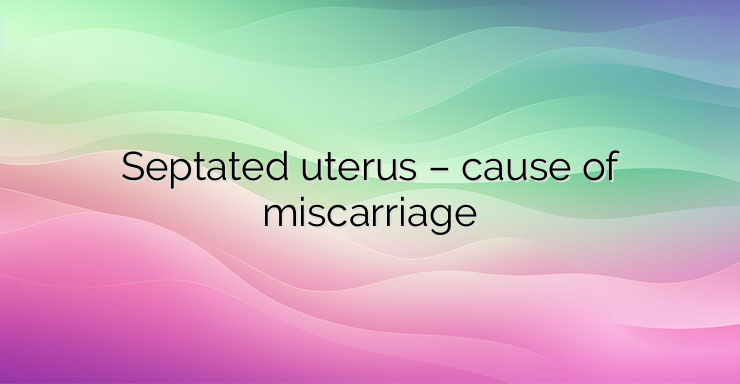Blog TrustedTablets pharmacy
-

Pelvic inflammatory disease – a major cause of infertility
Pelvic inflammatory disease is a serious infection that spreads to the uterus, fallopian tubes and/or ovaries. The disease develops as a result of certain types of bacteria that spread from the vagina to the reproductive organs. Bacteria from untreated sexually transmitted infections are the most common cause of the condition. However, bacteria that are normally…
-

Does long-term use create contraceptive risks?
Conventional, monophasic, combined oral contraceptives are traditionally administered daily for 21 days, followed by a seven-day hormone-free interval. Oral contraceptives contain estrogen and progestogen in different doses and formulations. By extending the days on the active pill, bleeding can be delayed and fewer periods per year can occur. In addition to being convenient and thus…
-

Emergency contraception and changes in the menstrual cycle after taking contraceptives
In women who have regular periods, the risk of pregnancy after a single intercourse is about 5%. This risk is 20 to 30% if intercourse occurs in the middle of the cycle. Checking with a pregnancy test 2 weeks after using emergency contraception is recommended. Most oral emergency contraceptives prevent unwanted pregnancy by preventing or…
-

Dry eye syndrome after menopause
Menopause in women is a stage of life that is characterized by many changes in the body. Approximately 61% of premenopausal and menopausal women develop dry eye syndrome. Menopause is the period that begins after the cessation of menstrual bleeding for more than 12 consecutive months. It usually occurs after the age of 50. Before…
-

Polycystic ovary syndrome – treatment of hyperandrogenism
One of the main symptoms of polycystic ovary syndrome (PCOS), which has a serious impact on a woman’s quality of life and self-esteem, is hyperandrogenism. It is manifested by increased hair growth, oiliness of the skin and acne, hair loss, which are a frequent reason for seeking medical help. Androgens are the hormones that determine…
-

Polycystic ovary syndrome: hormonal changes and symptoms
Globally, polycystic ovary syndrome affects between 8% and 20% of women of reproductive age. The pathophysiology of this condition is characterized by alterations in steroidogenesis, ovarian folliculogenesis, neuroendocrine function, metabolism, insulin production, insulin sensitivity, adipocyte activity, inflammatory factors, and sympathetic nervous system functions. According to studies, high carbohydrate consumption, hyperinsulinemia, hyperandrogenemia, and persistent low-grade inflammation…
-

Polycystic ovary syndrome – diagnosis
Polycystic ovary syndrome (PCOS) is a diagnosis that can be made after excluding other conditions associated with irregular periods, infertility and manifestations of increased male sex hormones (acne, hair loss, increased hair growth). For this purpose, it is important to take a detailed history and physical examination, as well as conduct some hormonal and imaging…
-

What is threadlifting in gynecology?
1. What is Treadlifting? Threadlifting is a minimally invasive procedure in the intimate area that has been gaining popularity in the last few years. It is also known as mesotherapy of the genital area. It consists in placing resorbable sutures under the vaginal mucosa and/or subcutaneously on the external genital organs through a special surgical…
-

Septated uterus – cause of miscarriage
A septate uterus is a congenital abnormality in which a membrane runs down the middle of the uterus, dividing it into two parts. This membrane is called the septum and can vary in thickness and length. It starts at the top of the uterus and can spread to the cervix and sometimes to the vagina.…